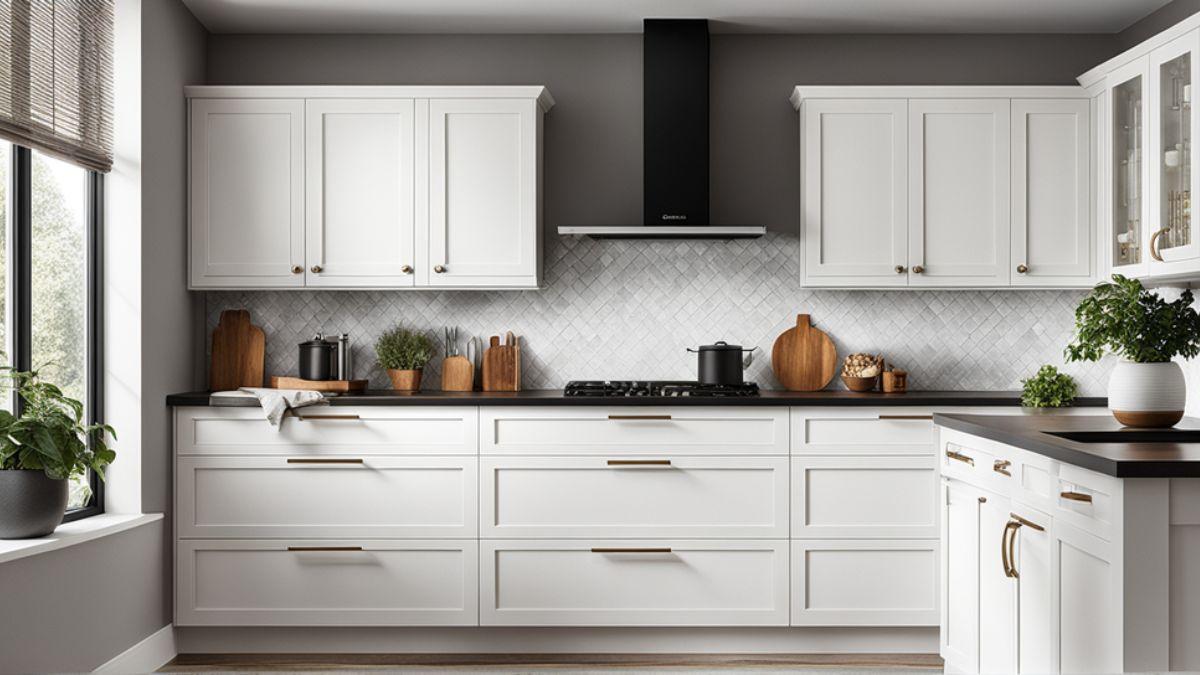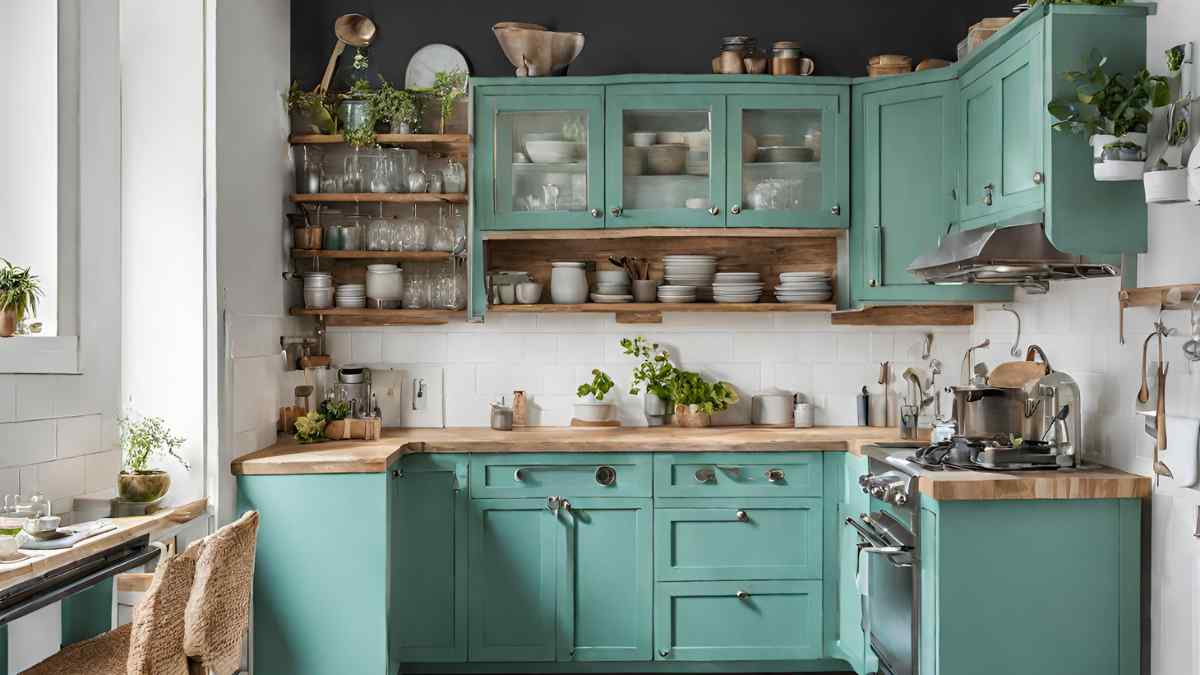
We may earn money or products from the companies mentioned in this post.
Opt for light, neutral colors or bold shades to make small kitchen cabinets stand out. White, beige, and gray expand visual space, while vibrant blues or greens create focal points.
Selecting the perfect cabinet color can transform a small kitchen, creating an illusion of space or adding a touch of elegance. Crisp white cabinets are timeless, reflecting light to make the area appear larger, whereas soft grays can impart a chic, modern feel.
For those daring to infuse personality, deep blues or lush greens serve as striking contrasts against neutral walls. Light-reflecting gloss finishes can also amplify the sense of openness. Meanwhile, matte textures in darker hues lend a cozy, sophisticated atmosphere. Keep in mind, that the right color paired with effective lighting and clear countertops can make a compact kitchen inviting and functional. Choosing wisely ensures your small kitchen makes a big impact.
Importance Of Color In Small Kitchens
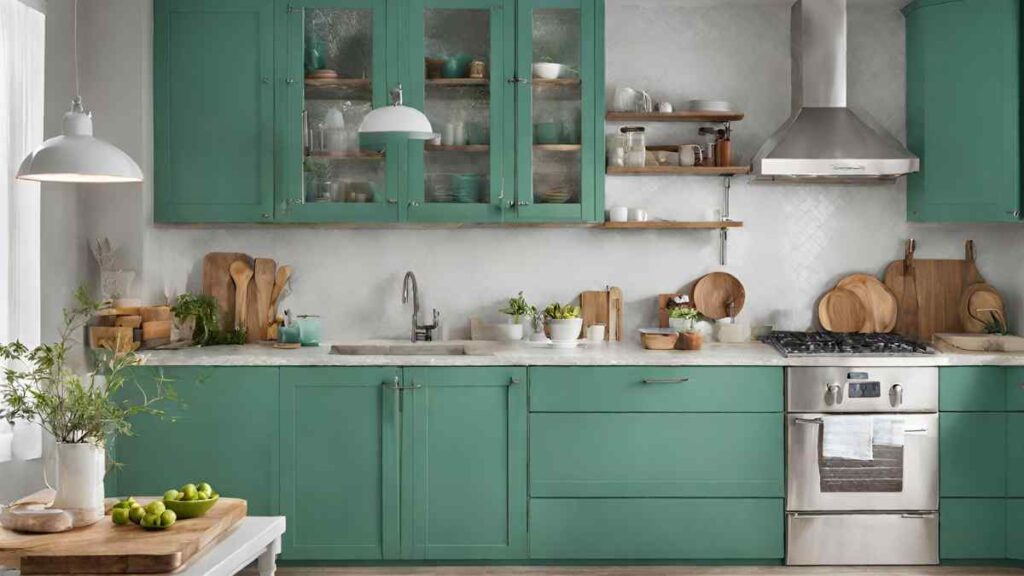
The right choice of color in a small kitchen is not merely a matter of style, but a strategic decision that can affect both the aesthetics and functionality of the space. Smaller kitchens pose unique challenges, and selecting the perfect cabinet colors can be a game-changer in creating an illusion of a more expansive, inviting, and harmonious area.
How Color Influences Perception Of Space
Colors have a remarkable ability to alter our perception of physical space. Lighter tones, for example, can make a room feel larger and airier, while darker shades tend to create a more intimate, cozy atmosphere. In small kitchens, cabinet colors become an essential element because they can significantly affect how large or small the kitchen feels.
- Light colors: Reflect more light, contributing to a brighter, more open environment.
- Dark colors: Absorb light, which can make a space feel smaller but also more luxurious if used correctly.
- Neutral colors: Offer versatility and can be paired with various accents to strike a balance.
Applying these principles, many designers suggest using light or neutral colors in a small kitchen to maximize the perception of space. Consider pale blues, soft grays, or classic whites for your cabinets to achieve this effect.
Psychological Effects Of Colors In Kitchen Design
The colors chosen for kitchen cabinetry do more than affect spatial perception; they also have a direct impact on our mood and behavior. The psychology behind color is powerful, influencing how we feel in a particular environment.
| Color | Psychological Effect |
|---|---|
| Red | Stimulates appetite and conversation, but can be overpowering in small spaces. |
| Yellow | Evokes a cheerful and welcoming atmosphere, ideal for creating a sense of energy. |
| Blue | Considered calming but is less common in kitchens as it can suppress appetite. Best used as an accent. |
| Green | Promotes balance and harmony, connects to nature, and can enhance mood. |
Applying a palette that brings out positive emotions can make cooking and dining experiences more enjoyable. For instance, a soft shade of green on kitchen cabinets can create a restful and healthy ambiance. However, it’s key to use bold colors sparingly to avoid overwhelming the space, especially in a small kitchen.
Brighten Your Space With Cabinet Tones
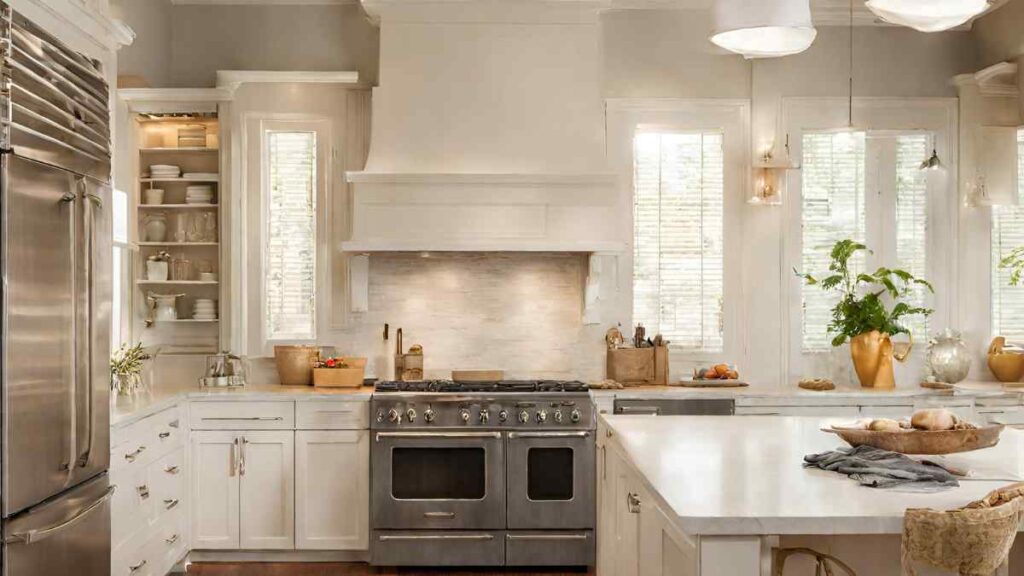
Revitalize your kitchen space by carefully choosing cabinet tones that not only reflect your personal style but also bring an airy and open feel to the heart of your home. The right color can transform a small kitchen, making it appear more spacious and welcoming. Below are strategies to select hues that will brighten your small kitchen cabinets and enhance their overall aesthetic.H3 Heading: Selecting Light and Reflective Cabinet Colors
Selecting Light And Reflective Cabinet Colors
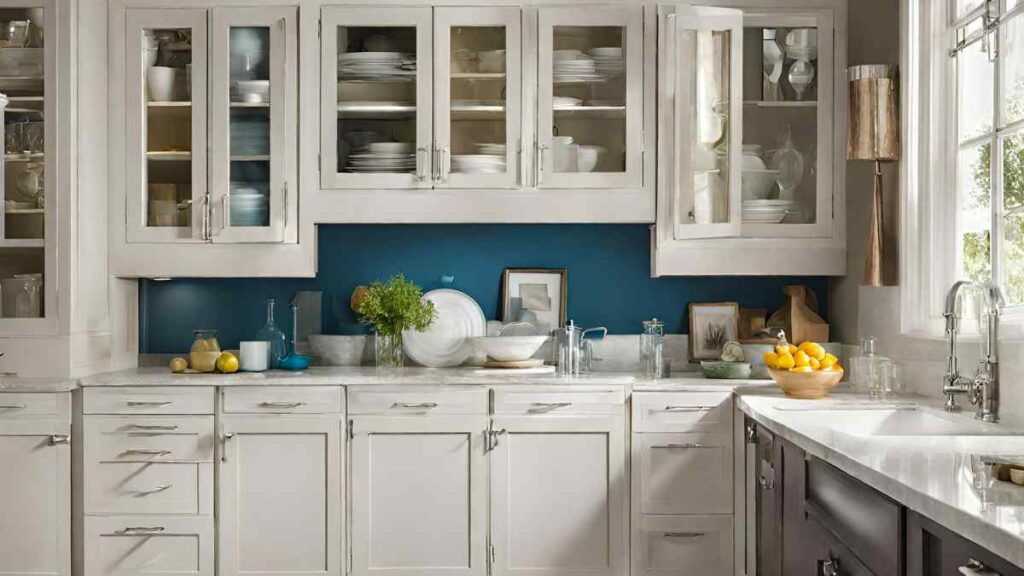
Light colors have the power to make a space feel larger by reflecting light, rather than absorbing it. White or off-white shades can serve as a canvas, making your kitchen feel neat and tidy. For those who want a bit of warmth, light wood tones or soft pastels can create a similar brightening effect. Consider using a high-gloss finish on your cabinets to maximize the light reflection.
- Glossy White – A timeless choice that reflects the most light.
- Soft Gray – An elegant hue that brings a modern twist.
- Light Wood – Adds texture while keeping the space open and bright.
Incorporating Color Theory In Cabinet Selection
When selecting a palette for your kitchen cabinets, color theory can be a guiding tool. Colors can influence mood and perception, so choose wisely. Cool tones like blues and greens can create a calming atmosphere, while yellows can bring energy and warmth. Understanding the psychological effects of colors helps in creating a harmonious space that corresponds with how you want to feel in your kitchen.
| Color | Mood/Energy |
|---|---|
| Blue | Calming |
| Green | Soothing |
| Yellow | Cheery |
H3 Heading: Combining Colors for Cohesiveness and Contrast
Combining Colors For Cohesiveness And Contrast
Creating a color scheme that balances cohesiveness and contrast is key to a visually appealing kitchen. Pair lighter cabinet colors with a contrasting backsplash or countertop to add depth and interest. Alternatively, you can mix cabinet colors – such as having different tones for upper and lower cabinets – to craft a unique and dynamic look.
- Use lighter shades for upper cabinets and a darker or richer tone for lower cabinets to ground the space.
- Introduce a contrasting color in accessories or appliances to add pops of visual interest without overwhelming the space.
- Stay within the same color family for a subtle and sophisticated contrast.
Gloss Vs. Matte For Small Kitchens
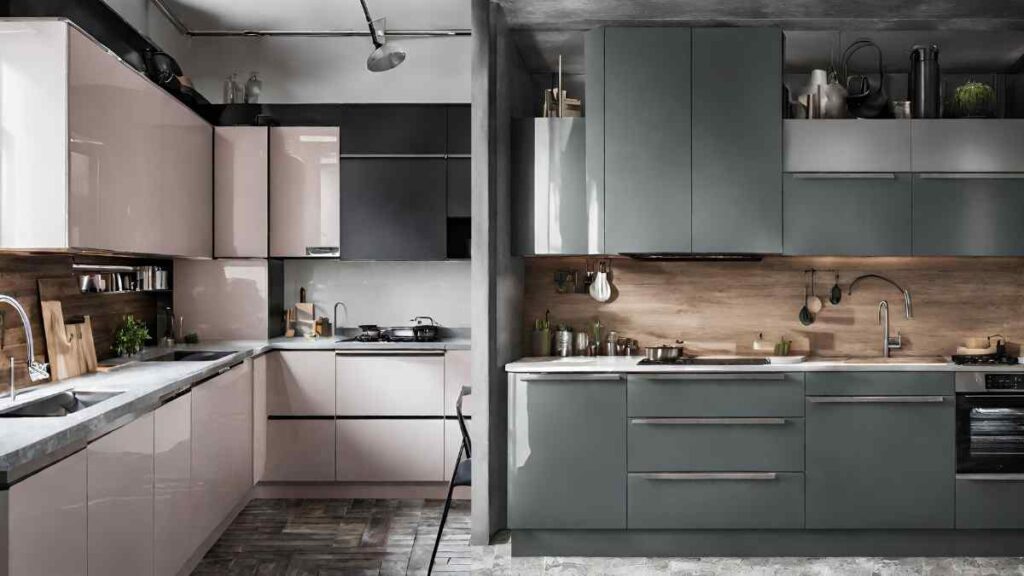
When it comes to small kitchen cabinet colors, the finish can make a significant impact on the overall ambiance and spatial perception. Two popular finishes—gloss and matte—each bring their distinct traits to the table. Making the right choice between the two goes beyond mere color; it’s about creating an illusion of space and an atmosphere that reflects your style and daily needs. Let’s delve into the effects that different finishes have on cabinet colors and how they marry aesthetics with practicality in the realm of small kitchens.
Visual Effects Of Different Finishes On Cabinet Colors
Glossy cabinets are often associated with a modern and sleek look. They can make a kitchen seem larger and more open because they reflect light, which can brighten up the space. This is particularly beneficial in small kitchens where natural light may be scarce. However, gloss finishes can also highlight imperfections and require more frequent cleaning to maintain their shine. Matte finishes, on the other hand, have a more subtle and muted appearance.
They absorb light rather than reflect it, which can result in a cozier and more uniform look. Matte cabinets are forgiving when it comes to fingerprints and smudges, making them a practical option for high-traffic kitchens. They often exude a classic and timeless feel, making them a versatile choice for different kitchen styles.
- Gloss cabinets tend to suit modern, minimalist designs.
- Matte cabinets are typically chosen for traditional or industrial aesthetics.
Balancing Aesthetics And Practicality
Choosing between a gloss and matte finish for kitchen cabinets in small spaces involves balancing visual appeal with everyday functionality. Glossy surfaces offer a light and airy feel but may demand more upkeep. They work wonders in kitchens that lack natural light or for homeowners who appreciate a vibrant and reflective ambiance.
Matte finishes are lower maintenance but can potentially absorb light, which may require strategic lighting to ensure the kitchen doesn’t feel too dim. They’re a match for those who prioritize ease of cleaning and a more even color tone that hides fingerprints and dirt. Considerations for choosing a cabinet finish in a small kitchen include:
| Finish Type | Pros | Cons | Best for |
|---|---|---|---|
| Gloss | Reflects light, enhances space | Shows smudges, more cleaning | Modern styles, low-light kitchens |
| Matte | Hides imperfections, lower maintenance | Can make a space feel smaller | Traditional styles, busy kitchens |
Ultimately, the choice between gloss and matte finishes in a small kitchen will depend on your lifestyle, kitchen usage, and personal taste. By understanding the visual and practical implications of each finish, homeowners can make an informed decision that encapsulates beauty and functionality within their kitchen sanctuary.
:strip_icc()/kitchen1-75a1c77464374a478b97c7a758976b0a.jpg)
Credit: www.mydomaine.com
Cohesive Palettes For Small Kitchen Cabinets
Choosing the right color scheme for small kitchen cabinets can profoundly transform the look and feel of your space. Color has the power to affect perceived dimensions and mood. For those with smaller kitchens, selecting a cohesive palette is critical to creating an open, airy, and welcoming environment. Let’s explore some smart color strategies that can make your small kitchen look bigger and more cohesive.
Monochromatic Schemes To Enhance Space
A monochromatic color scheme can work wonders in giving your kitchen a seamless look. This approach involves choosing varying shades and tints of a single color to enhance the sense of space. Here are some tips:
- Opt for light to medium shades that reflect more light, making the kitchen feel more expansive.
- Integrate different textures and materials to prevent a monochromatic scheme from falling flat.
- Consider using a slightly darker color for the lower cabinets and a lighter tone for the overhead ones to add depth to the space.
Analogous And Complementary Colors For Vibrancy
Analogous color schemes use colors that are next to each other on the color wheel. These naturally harmonious hues lend a subtle yet intentional design choice, bringing vibrancy and warmth to small kitchens. Here’s how to apply these schemes effectively:
| Analogous Colors | Complementary Colors |
|---|---|
| For a bold statement, mix a primary color with its direct opposite on the color wheel. Use complementary colors in accents like knobs or appliances to add pops of personality without overwhelming. | For a bold statement, mix a primary color with its direct opposite on the color wheel.Use complementary colors in accents like knobs or appliances to add pops of personality without overwhelming. |
Whether you choose soothing shades of blue and lavender or a more dynamic duo like orange and blue, the key is to maintain balance. Utilize one color as the dominant hue and the other for accent touches. Keep countertops, backsplashes, and flooring neutral to tie the palette together.
Enhancing Cabinet Colors With Accessories
The heart of the home, the kitchen, deserves to shine in full glory, and what better way to enhance its gleam than by choosing the perfect palette for your cabinets? But the magic doesn’t end with a fresh coat of paint; accessorizing your small kitchen cabinets goes a long way in reflecting your style and elevating the aesthetic appeal of this snug space. Let’s dive into how you can amplify the charm of your cabinet colors with the right accessories.
The Role Of Hardware And Fixtures In Color Schemes
Think of cabinet hardware as the jewelry of your kitchen; it’s not just functional, but a vital component to finish the look. Selecting the appropriate knobs, pulls, and handles can accentuate or even contrast your cabinet colors to create a cohesive kitchen canvas. Here’s how you can master the marriage between hardware and cabinet hues:
- Contrast with Metals: Utilize metals like brass or copper against dark cabinet colors for a pop of warmth, or go for sleek chrome against lighter shades for a crisp, clean finish.
- Texture Talks: The texture of your hardware can also play a significant role. Matte finishes can subdue the brightness of bolder cabinet colors, while polished fixtures can add a radiant touch to understated cabinetry.
- Size Matters: Consider the size of your kitchen when choosing hardware. For small kitchens, opt for slender handles that don’t overwhelm your cabinet doors.
Use Of Soft Furnishings To Complement Cabinet Colors
Soft furnishings in a kitchen? Absolutely. The right choice of textiles can beautifully echo the colors of your cabinets, adding layers of texture and creating a homier feel. Here’s a quick guide on using soft furnishings to enhance your kitchen cabinet colors:
| Cabinet Color | Textile Color | Accessory Ideas |
|---|---|---|
| Naval Blue | Light Gray or Mustard | Window treatments, seat cushions, rugs |
| Pastel Green | Ivory or Coral | Tablecloths, chair pads, hand towels |
| Glossy White | Red or Navy Blue | Aprons, placemats, napkin holders |
Embrace the power of patterns as well. A striped tablecloth or a floral rug can inject just the right amount of dynamism into a monochromatic set of cabinets. But, keep in mind the size of your kitchen space; opting for smaller patterns or solid colors can make a tiny area appear more spacious and uncluttered.
Frequently Asked Questions Of Small Kitchen Cabinet Colors
What Are Popular Small Kitchen Cabinet Colors?
Can Dark Cabinets Work In Small Kitchens?
How To Choose The Right Cabinet Color?
Do White Cabinets Make A Kitchen Look Bigger?
Conclusion
Selecting the right cabinet color can truly transform your small kitchen. It’s about creating visual appeal and maximizing space. Bold hues offer a statement, while lighter tones can make your area feel larger. Remember, consistency is key for a cohesive design.
So, pick your shade, reflect your style, and watch your kitchen come to life.




